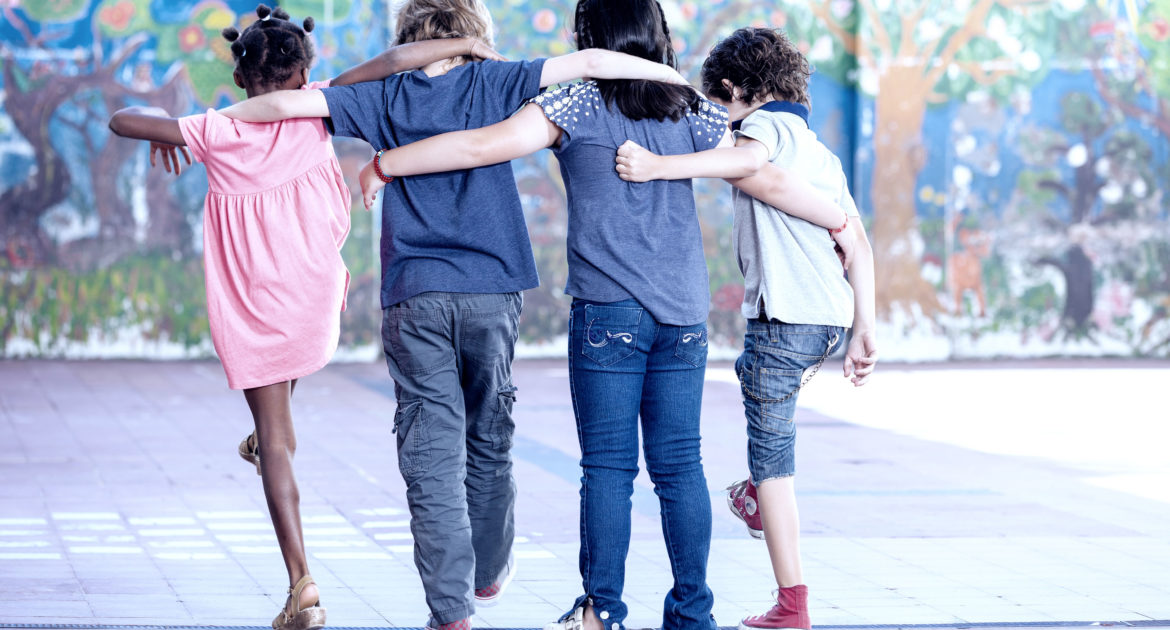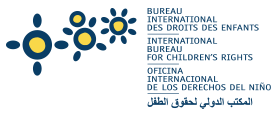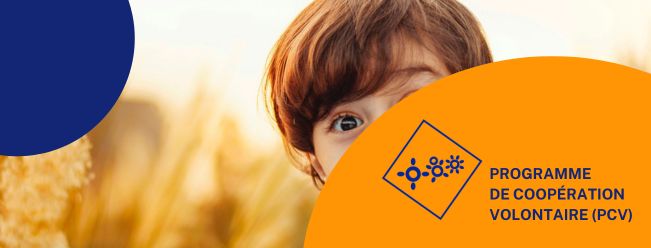
<span class="su-quote-cite">Greta Thunberg, environmental activist</span>
Thirty years ago, world leaders made a historic commitment to children, to the protection and realisation of their rights, by adopting the United Nations Convention on the Rights of the Child on 20 November 1989. The first legally binding text on children, it remains to this day the most widely ratified human rights treaty in history. Twenty-five years ago, on the same day, the International Bureau for Children’s Rights was created.
A few decades later, how can we look at our actions in favour of children’s rights?
The children’s eyes are unequivocal.
Today, they are no longer afraid to speak out, they do so and fight for their rights, for a life free of discrimination and violence, for access to education and effective protection against global warming and digital exposure, for a happy, healthy and free childhood. Children identify with role models of peers who transcend borders to bring their message to the international stage, and now count as key interlocutors.
Their message is clear: they have a right to be heard and we have an obligation to listen to them and take their opinions into account.
On this day of celebration, there is reason to congratulate ourselves. Globally, birth registration and school enrolment are on the rise, while infant mortality and female genital mutilation are on the decline. Our societies are better equipped than ever to promote and defend the rights of girls and boys, and stronger laws, strategies and actions are in place to prevent and act when abuses occur.
While there is still much, much to be done, the fact remains that this awareness and civic demand of children is undoubtedly there, the most beautiful of the advances of the last thirty years.
The International Bureau for Children’s Rights is proud of this movement and is committed for decades to come to place the voice of the child at the heart and forefront of all these actions. Let us celebrate the rights of the child, because the revolution in the way we mobilise and respect girls and boys will continue to change the way we see the world.





